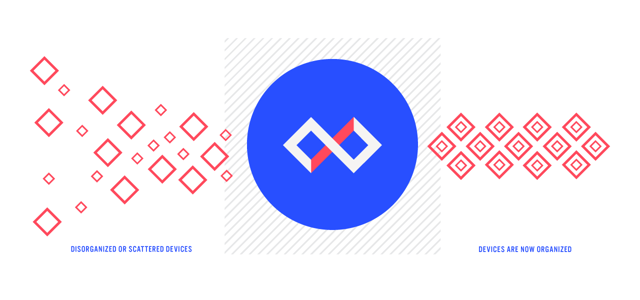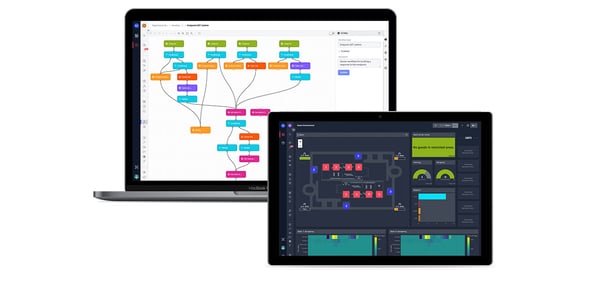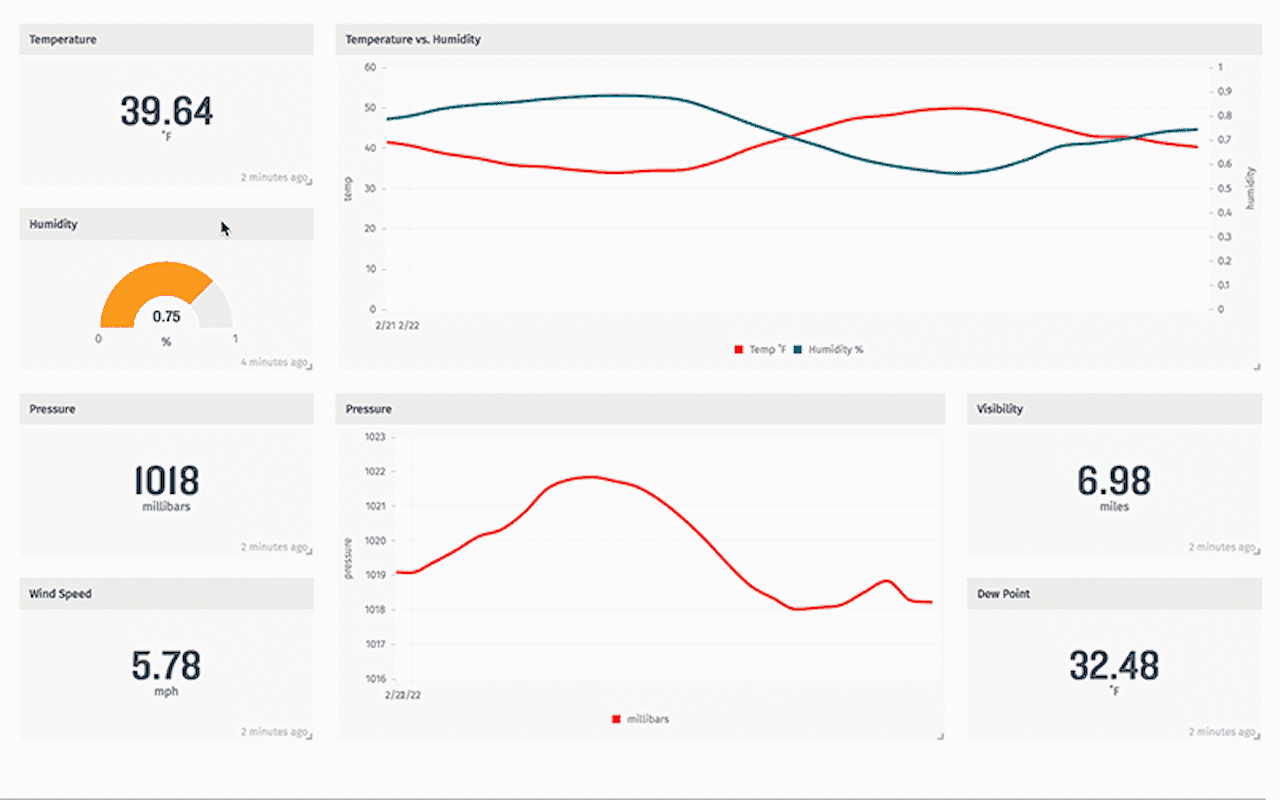To stay competitive in an ever-changing market, enterprises are turning more and more towards IoT. IoT can open doors to new revenue streams by adding new functionality and features that clients need. But adding IoT to your enterprise requires a plan. IoT generates a lot of data that, unless properly tracked, visualized, and analyzed, can overwhelm you or your clients. How can you avoid this?
The key is to ensure that your IoT solution has robust data visualization and analytic functionality. The data that comes in is useful, but only when it is readable by your clients. Creating your own data analytic functionality in-house is possible, but can be costly and time-consuming. A better method is to turn to an application enablement platform (AEP) for this functionality. A good AEP includes the functionality and customization tools your team needs to create the best solution for your clients, developed by experts in the IoT field.
 The Losant Enterprise IoT Platform is one such AEP and includes powerful data visualization tools that allow you to ingest data from millions of devices and organize it however best suits your needs. You can create dashboards for your users to allow them to derive the value they need from the data.
The Losant Enterprise IoT Platform is one such AEP and includes powerful data visualization tools that allow you to ingest data from millions of devices and organize it however best suits your needs. You can create dashboards for your users to allow them to derive the value they need from the data.
Let’s take a look at how Losant allows you to visualize and analyze your data.
Why is Data Important?
Data is the backbone of every IoT solution. But the needs and uses of that data can vary wildly from organization to organization. Your enterprise needs a solution that can be customized to suit your specific needs. Losant’s platform was designed with customization in mind, supporting solutions from wildly different needs. For example, Losant allows you to create a smart environment that includes robust security features and can also support contact tracing, or you can create multi-tenant applications for your clients.
By taking advantage of the data IoT offers, your enterprise can expand its product portfolio, position your enterprise for growth, and offer unique service packages to enhance your client satisfaction.

The Losant Experience
Losant includes a Visual Workflow Engine that allows your developers to create functionality through a drag-and-drop interface. Our CTO, Michael Kuehl, put the value of this functionality best when he said, “Losant’s easy-to-use Visual Workflow Engine is seamlessly integrated with data visualization features and edge computing functionality to read from PLCs or legacy machinery and quickly design end-user experiences. Instead of requiring teams to build everything from scratch, use Losant and focus on your business goals.”
Visualizing that data is made easy through Losant Dashboards. Losant Dashboards provide a flexible and powerful means to collect, compare, report and respond in real-time to information relevant to your specific connected solution. Dashboards are highly customizable, including graphs, maps, and logs, all designed to take the complicated data reported and make it readable by the average user, and influence immediate business decisions.

For more information on dashboards, see the Losant Documentation.
Performing Batch Analytics
Losant includes integration with Jupyter Notebooks through a feature called Losant Notebooks. This allows you to run batch processing of your historical data and perform deep analytics. Through a few steps, your team can perform powerful analytics, and make decisions based on that information.
For more information on this process, see the blog post introducing the notebook functionality.
Looking to the Future
Your enterprise is already gathering data from your machines, devices, sensors, and so on. By using the Losant Enterprise IoT Platform, you can organize, make sense of, and recognize patterns in that data, allowing your enterprise to provide even more value to your clients.
Interested in learning more? Try Losant for yourself in the Developer Sandbox.
